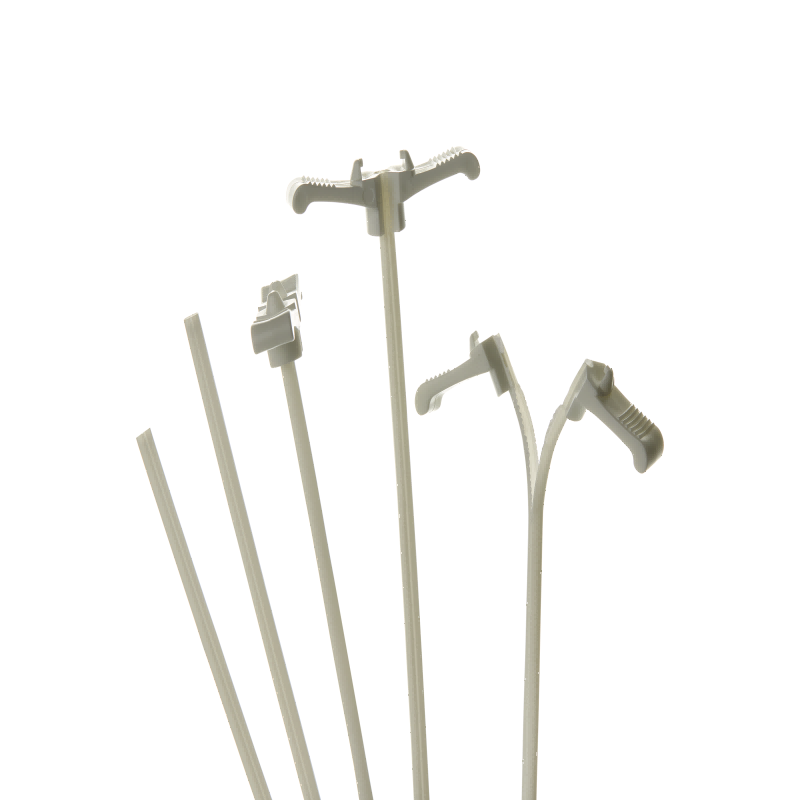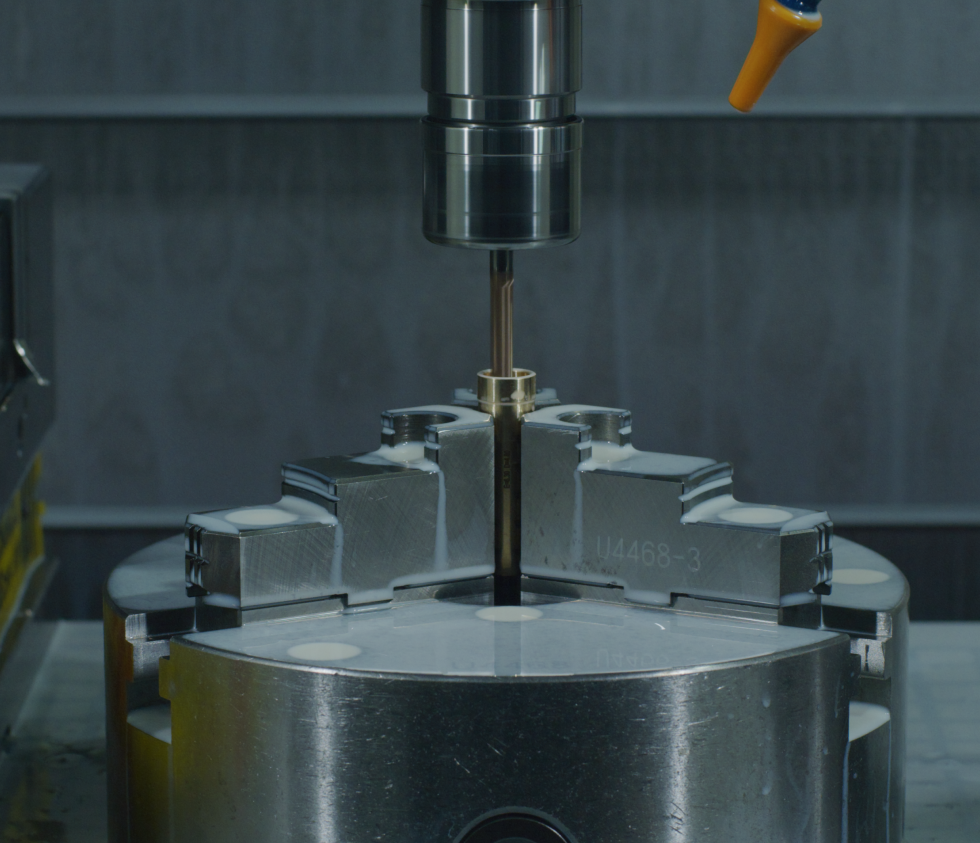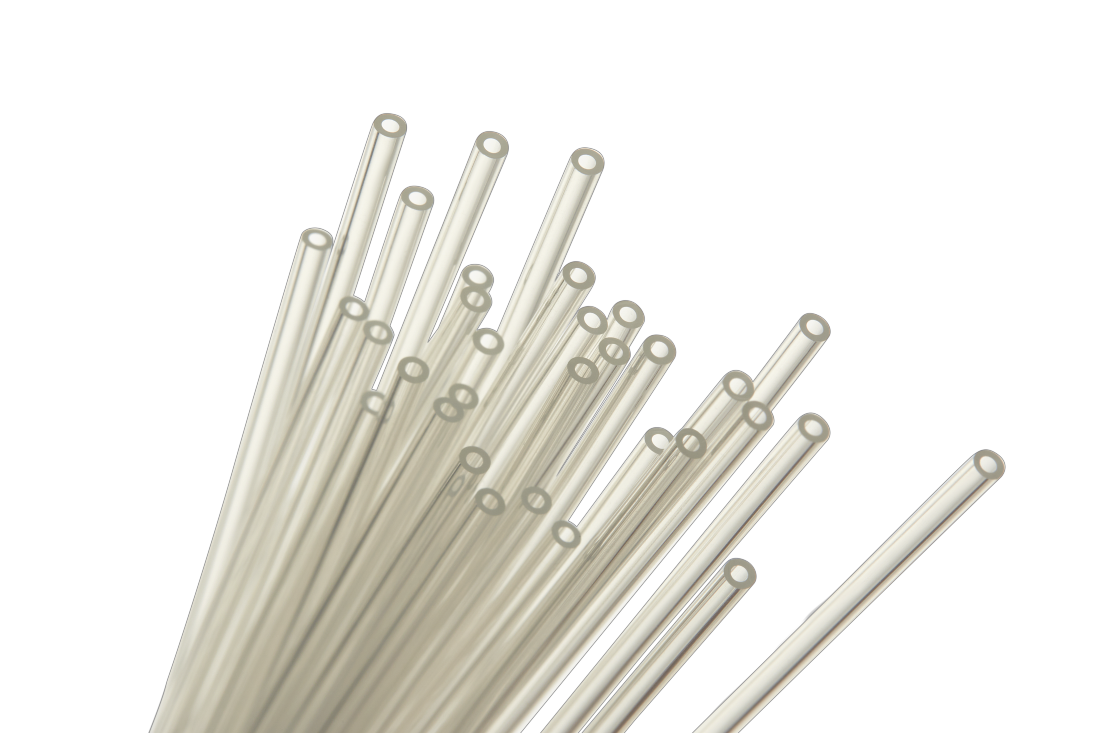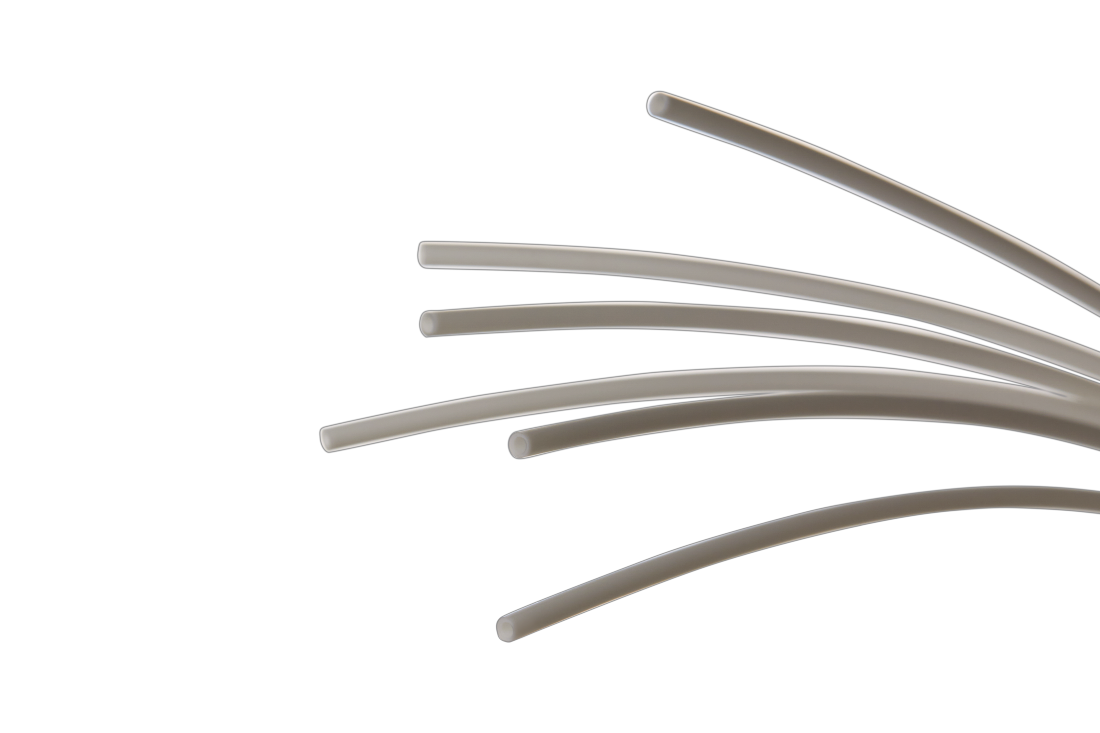Peelable Tube
The Demax Peelable Tube is an innovative medical device designed to provide easy and controlled access to catheters and guidewires during medical procedures. Crafted with precision and utilizing advanced materials, this peelable tube offers exceptional performance and reliability, making it an indispensable tool for medical professionals in various clinical settings.
Features
- Peelable Design:Allows for easy and controlled access to catheters and guidewires.
- Medical-Grade Materials: Ensures biocompatibility and safety for patient use, minimizing the risk of adverse reactions or complications.
- Smooth Inner Surface:Allows for optimal fluid flow and reduces the risk of obstruction or blockage.
- Various Sizes and Lengths:Available in various sizes and lengths to accommodate different procedural requirements and patient anatomies.
Applications
- Peelable Sheath
- Introduce the tube (neuro intervention)
Technical Parameters
Specifications: 3F~12FOuter diameter (mm): 1.09~4.06Outer diameter tolerance (mm): ±0.03Inner diameter (mm): 0.99~3.96Inner diameter tolerance (mm): ±0.03- Angiography: Used for the insertion and exchange of catheters and guidewires during diagnostic and interventional angiography procedures.
- Angioplasty: Employed for the insertion and exchange of balloon catheters and guidewires during percutaneous transluminal angioplasty (PTA) procedures.
- Stent Placement: Utilized for the insertion and exchange of stent delivery systems and guidewires during percutaneous stent placement procedures.
- Endovascular Therapy: Used for the insertion and exchange of various endovascular devices, including catheters, guidewires, and embolic agents, during endovascular therapy procedures.
- Vascular Access: Employed for the insertion and exchange of catheters and guidewires during vascular access procedures such as central venous catheterization and arterial catheterization.
Related products
Hook Forming
Demax utilizes high-quality materials such as stainless steel or nitinol for hook forming, chosen for their exceptional mechanical properties, corrosion resistance, and biocompatibility. These materials undergo precise shaping processes to achieve intricate hook configurations tailored to specific medical device applications. With our commitment to quality and precision, Demax ensures that hook-formed components meet the rigorous demands of medical device manufacturing, contributing to the advancement of healthcare worldwide.
Angiography catheter
Features:
1. The tip is soft to reduce the risk of vascular injury;
2. PEBAX material, stronger configuration shape memory;
3. The port adopts a butterfly-wing ergonomic design, which is convenient to operate and more practical;
4. Good pushability and retractability, easy to control.PA Tube
The PA Tube, also referred to as a Single Lumen Tube, is a crucial component utilized in various medical settings for precise fluid delivery or instrument insertion during procedures. It serves as a conduit, ensuring the seamless transfer of fluids or the introduction of medical instruments with accuracy and reliability. Constructed from durable materials, the PA Tube is designed to withstand the rigors of medical procedures while prioritizing patient safety and comfort.
Pebax Tube
Pebax tubing is composed of a blend of thermoplastic elastomers, typically consisting of polyether and polyamide segments. This unique composition imparts Pebax tubing with its distinctive combination of flexibility, durability, and biocompatibility, making it an excellent choice for medical tubing applications.




